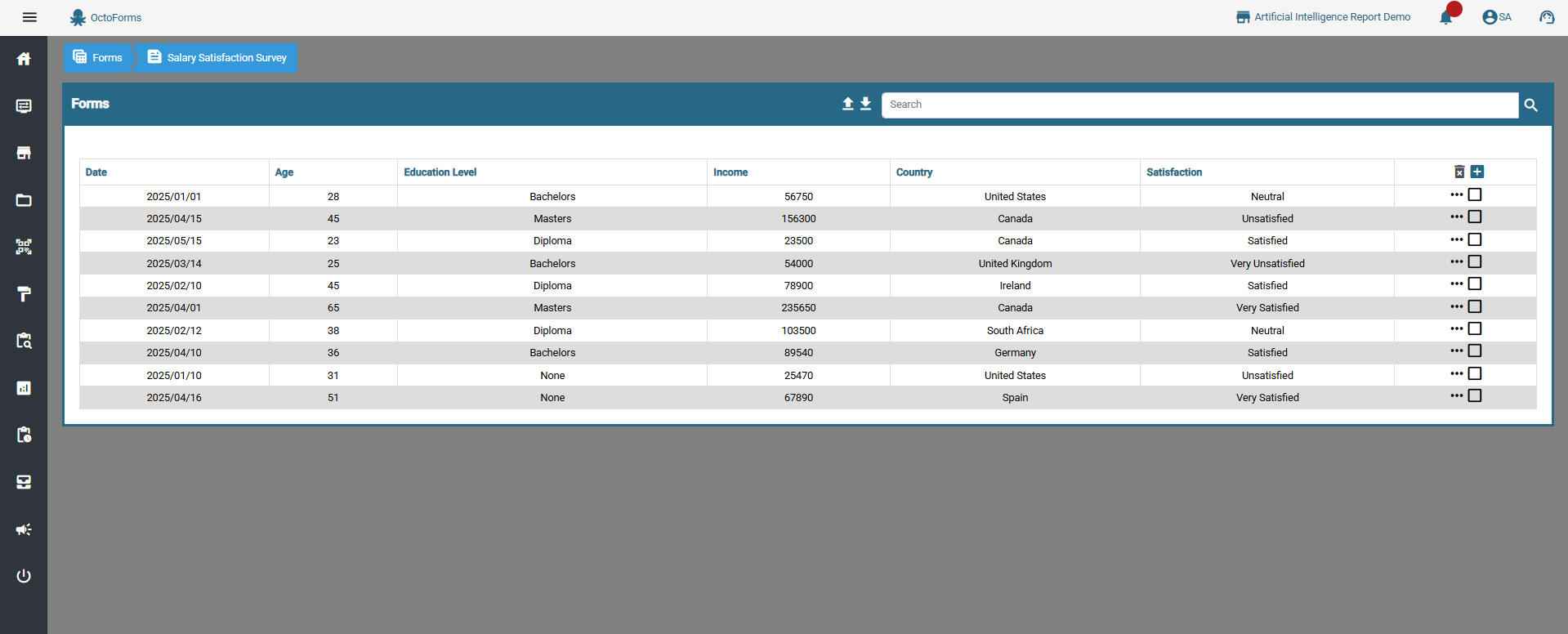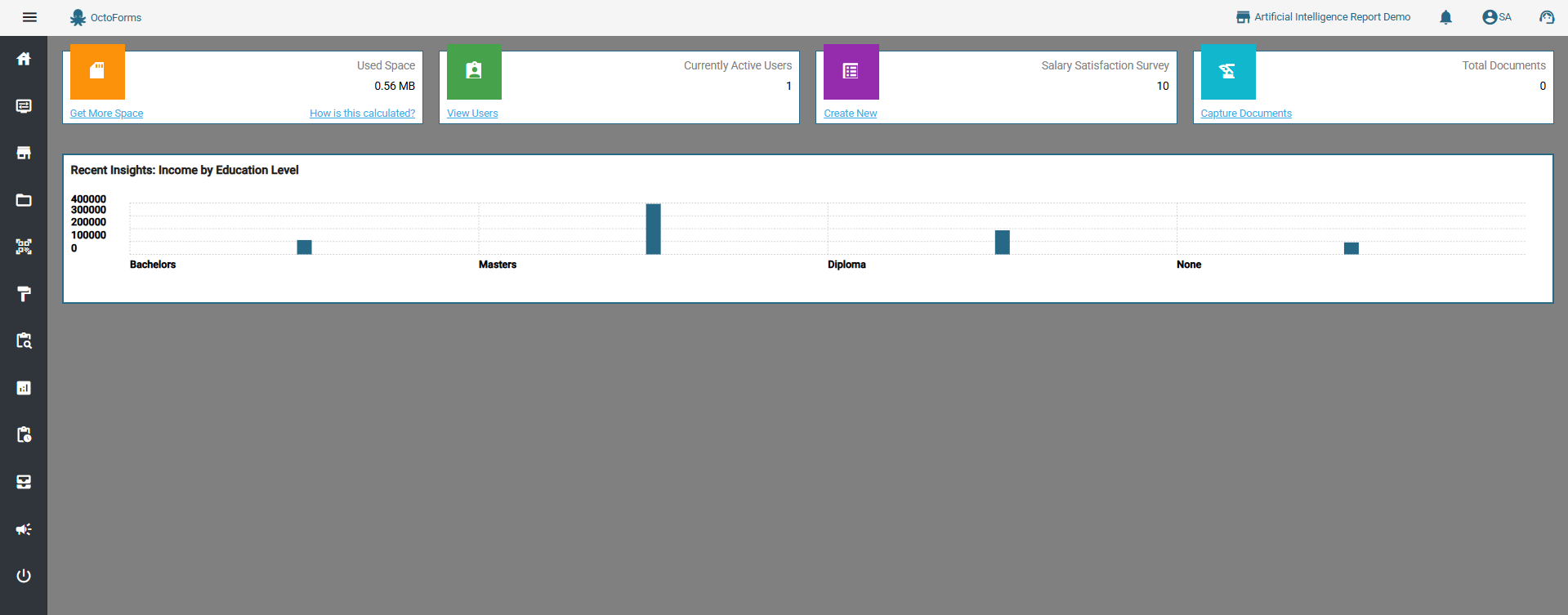In the age of data driven decision making, collecting and analyzing information from users is more important than ever. Whether you're conducting surveys, gathering product feedback, or evaluating internal processes, one powerful and accessible tool is the dynamic form builder. This article will guide you through:
- Creating forms without writing code
- Automatically collecting and managing responses
- Generating an "AI Report" that gives different types of solutions based on the data








